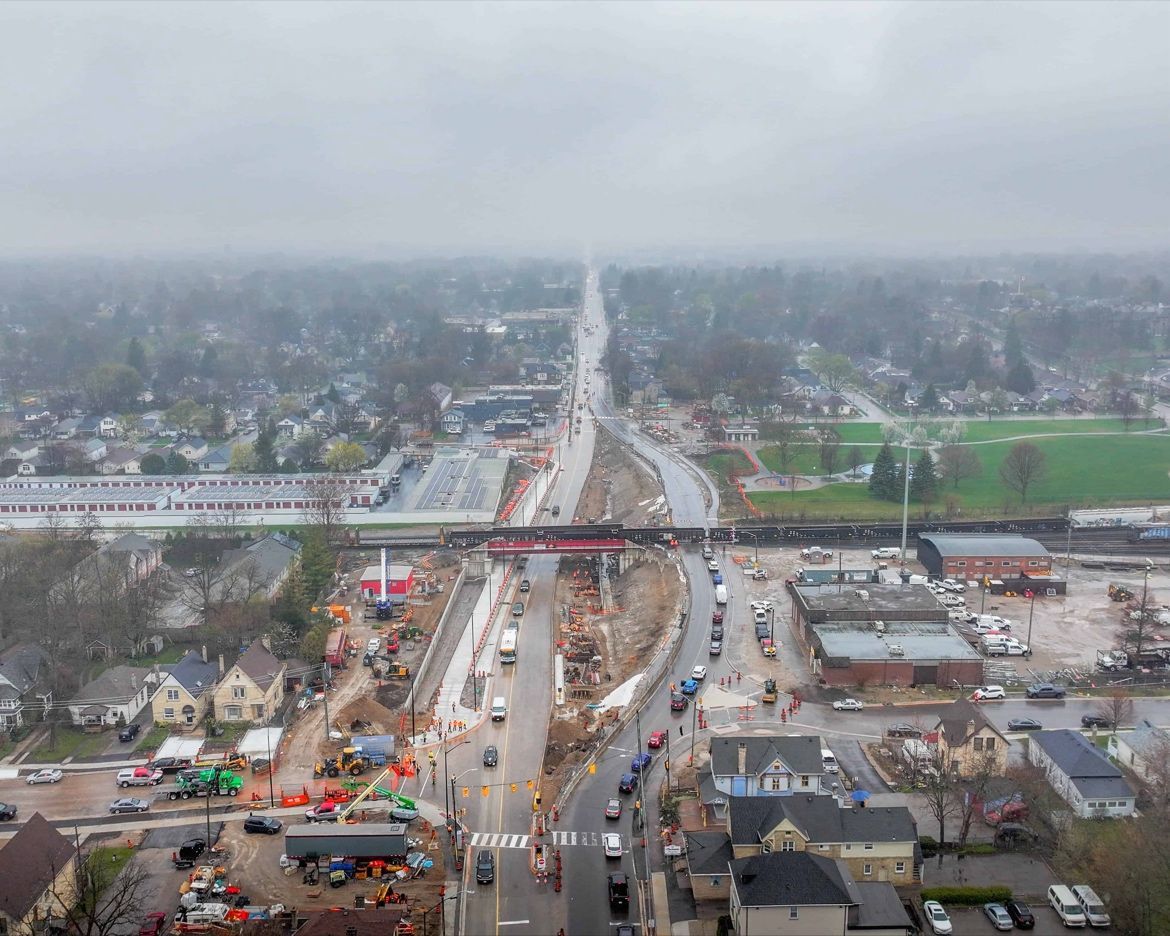just east of the creek
Active Member
See the attached, and then log into JSTOR //www.jstor.org/stable/40213401CN also had lines that have since been ripped up. My point is that there needs to be a point where it should not have been allowed. You only need to look at how high tolls on the 407 have gotten.There was a time that it was about 10 cents per km, now it is over 3 times that much. Has that company provided us 3 times better driving experience? I know how capitalism works. I am saying we are living in the proof that the way it is working does not work well for consumers. It only works well for shareholders.
The review, set in 1992 $, for the privatization of CN in 1995, makes for interesting reading.
The background to CN's creation, its years of subsidized existence, reorganization in the late 1970's into a profitable enterprise, and eventual privatization, followed by immense growth, are well summarized in Wikopedia under Canadian National Railways. (And elsewhere there is much written on the subject)
Whether we like it or not, private companies, publicly traded, have immense responsibilities to their shareholders, and in today's age of the activist shareholder, companies such as CN are very driven to increase shareholder values.
Now if we were to speak of the abandonment of lines and ROWS from a long term planning perspective of industrial, agricultural, natural resource,urban development or other national self interests, and we were to look at these lines and the preservation of their ROW (at the various least) as essential, we are going to need and require a higher level of planning and policy from both the Feds and the Provinces.






